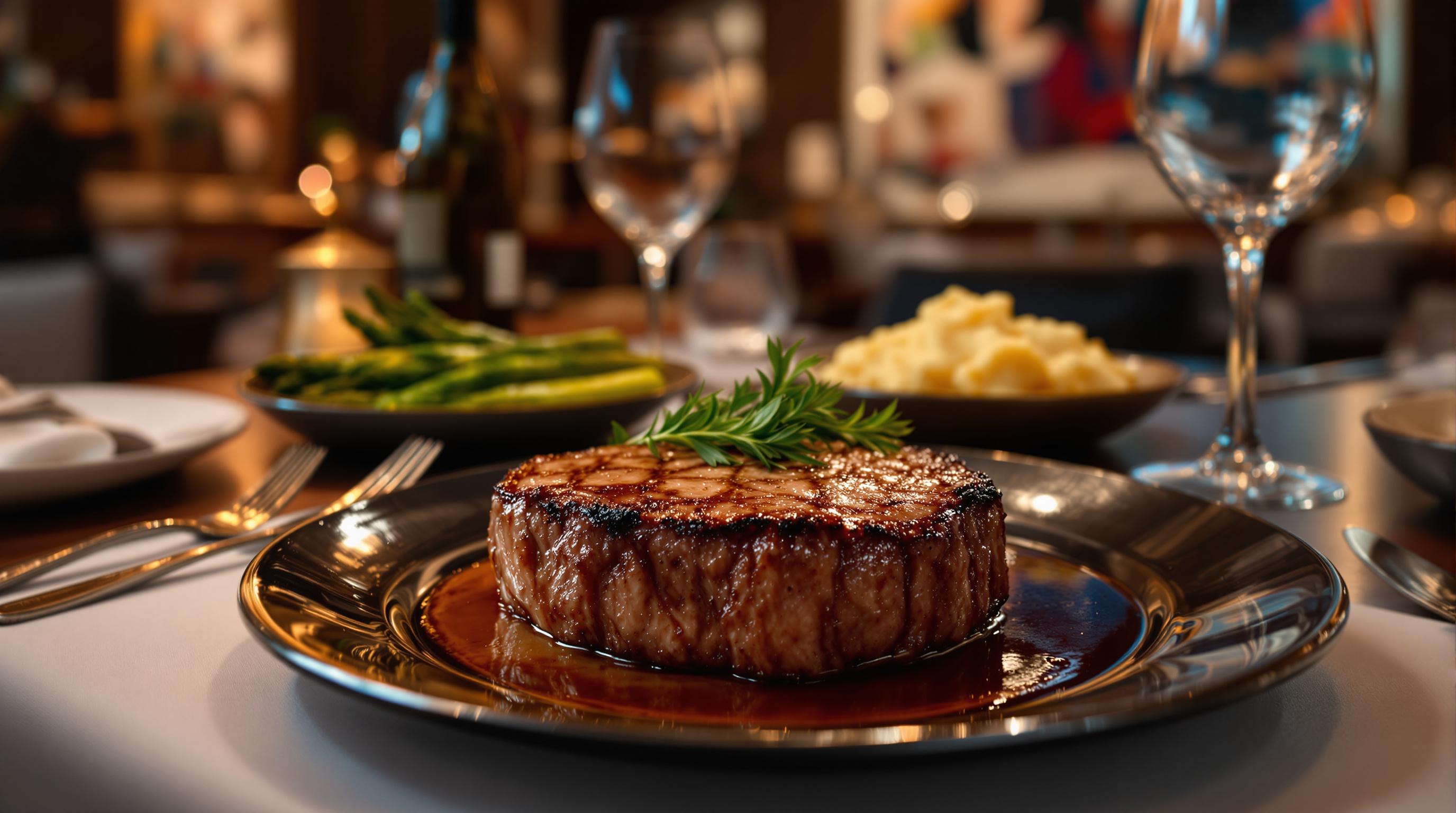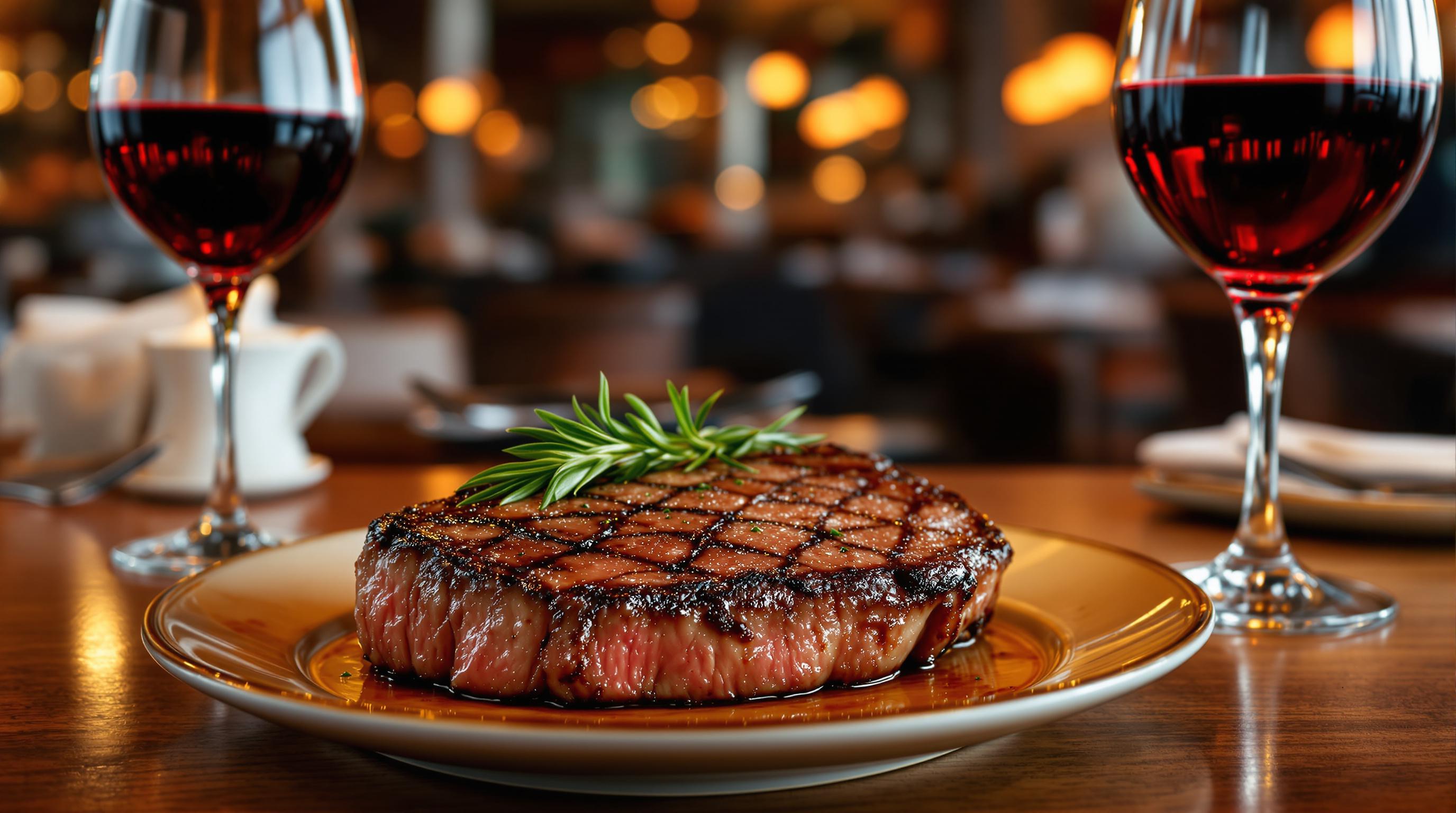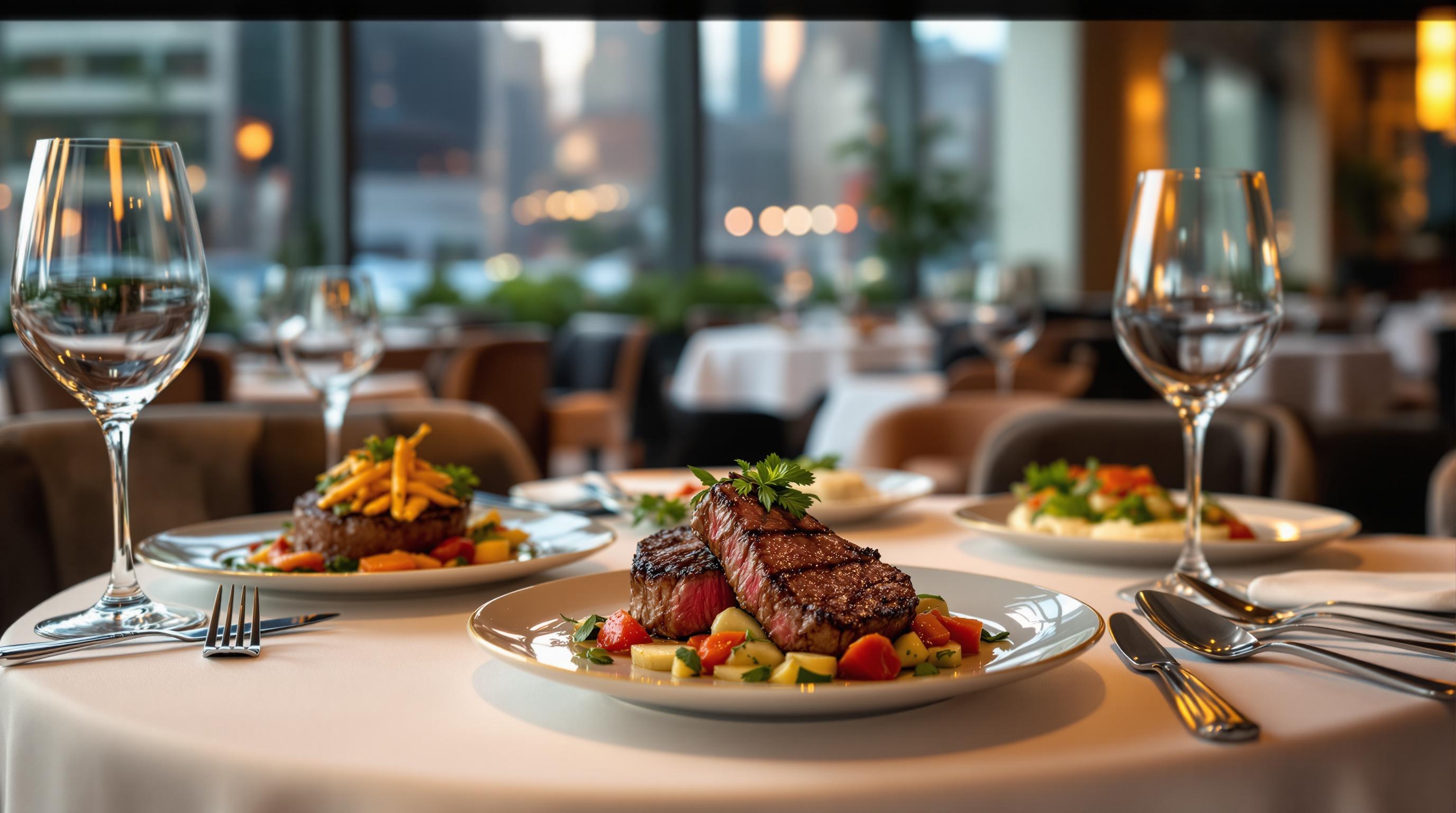Sommeliers carefully balance wine quality and price to create wine lists that appeal to all diners while meeting restaurant profit goals. Here’s how they do it:
- Offer Variety: Include wines at different price points, from budget-friendly to premium options.
- Focus on Value: Source high-quality wines from lesser-known regions to provide great taste without high costs.
- Strategic Pricing: Use tiered pricing and markups that encourage guests to explore premium wines.
- Distributor Relationships: Partner with distributors to secure exclusive deals, discounts, and early access to vintages.
- Staff Training: Educate servers to recommend wines that fit guests’ tastes and budgets.
A well-curated wine list enhances the dining experience while supporting the restaurant’s financial goals.
Key Sommelier Decisions
Balancing Price and Quality
Sommeliers carefully weigh the relationship between a wine's cost and its quality. Factors like vintage, producer reputation, and market demand all play a role in determining whether a wine is worth its price. For example, comparing a $125 Napa Cabernet to an $85 Columbia Valley Cabernet might reveal that both deliver similar quality, but at different price points.
In cities with a vibrant dining scene, wine lists often feature bottles ranging from $45 to over $500. This wide range caters to varying customer tastes and occasions, ensuring the wine program meets both financial targets and guest expectations.
Business Goals Meet Guest Experience
Wine directors juggle multiple priorities: keeping inventory fresh, hitting pour cost targets (usually 28–32%), and balancing markups to maintain value for guests.
They tailor wine selections to match the venue's brand and clientele. For example, high-end steakhouses may apply steeper markups (2.8–3x wholesale) on entry-level bottles, while offering more attractive pricing (2–2.5x wholesale) on premium wines. This strategy encourages guests to splurge on higher-end options, boosting both experience and revenue.
How the Wine List Shapes Success
A well-thought-out wine list does more than offer drinks - it can significantly impact business performance. Here’s what sommeliers consider:
- Variety: Enough options to satisfy diverse tastes without overwhelming guests.
- Pricing tiers: Clearly defined price gaps to guide choices.
- Regional focus: Highlighting standout wine regions or styles.
- Frequent updates: Rotating selections to keep the list fresh and engaging.
How the list is presented also matters. Clear categories and digital formats make it easier for guests to explore options while allowing for quick updates.
Why Wine is So Expensive at Restaurants | World Of Wine ...
Finding High-Value Wines
Working closely with wine distributors helps sommeliers source top-tier wines at reasonable prices, ensuring a perfect balance between quality and cost for high-end steakhouses.
Distributor Partnerships
Staying in regular contact with multiple distributors allows sommeliers to:
- Secure exclusive allocations for small-batch wines.
- Negotiate discounts based on purchase volume for key selections.
- Access early pricing for upcoming vintages before they hit the market.
- Take advantage of closeout deals before others.
These connections play a key role in determining the best wine pricing strategies.
sbb-itb-e6be165
Setting Wine Prices
Sommeliers use their distributor connections to fine-tune pricing strategies that strike a balance between profit and customer satisfaction.
Many steakhouses adopt a tiered pricing system for their wine lists. Wines are grouped into categories like entry-level, mid-range, premium, and high-end. This setup caters to a variety of budgets, ensuring there's something for everyone. It also helps align the wine offerings with the restaurant’s broader goals.
To keep prices competitive and appealing, restaurants often review sales data, listen to customer feedback, and stay updated on market trends. The goal is to create a pricing structure that makes sense for the target audience while maintaining a balance between quality and value.
Customer Wine Education
Staff Wine Training
Well-trained staff play a key role in helping guests find wines that balance quality and affordability. Sommeliers dedicate time to teaching servers and bartenders about wine characteristics and pricing strategies. This training focuses on asking thoughtful questions about a guest's preferences and budget, allowing staff to suggest wines that deliver great value. These skills also set the stage for engaging wine events and straightforward, value-driven wine descriptions.
Wine Events and Food Pairings
Steakhouses often host wine events that feature a mix of well-known and lesser-known labels, demonstrating how factors like region and vintage influence both quality and price. These events give guests hands-on experience in pairing wines with specific steak cuts.
Staff are also equipped to recommend wine pairings for a variety of budgets and steak preparations. For instance, they might propose an Argentinian Malbec as a budget-friendly yet flavorful pairing for a ribeye, explaining how its bold fruit notes and smooth tannins enhance the steak's richness - offering a more affordable alternative to a Bordeaux.
Wine Descriptions
Clear and approachable wine descriptions are essential for guiding guests through the wine list. Modern wine menus focus on taste-driven descriptions that make it easier for guests to choose wines at any price point.
Sommeliers craft descriptions that highlight the value of each bottle. For example, describing a $60 wine might involve pointing out qualities typically found in higher-priced options. These descriptions often include serving tips and pairing suggestions, helping guests feel confident in their choices.
Transparency is key. When guests understand factors like production techniques, aging processes, and regional significance, they can better appreciate why certain wines cost more. This knowledge empowers them to select wines that suit both their taste and budget.
Conclusion
Creating a strong wine program means sommeliers must skillfully balance quality and price. A well-crafted wine list pairs careful selection with clear communication, aiming to please guests while supporting the restaurant’s bottom line.
Great wine programs aren’t just about cost - they’re about offering memorable experiences for every budget. By choosing wines thoughtfully and pricing them strategically, sommeliers can maintain solid profit margins while elevating the dining experience. Trained staff play a key role in sharing the value of these selections with guests, highlighting the effort behind the balance of quality and affordability.


